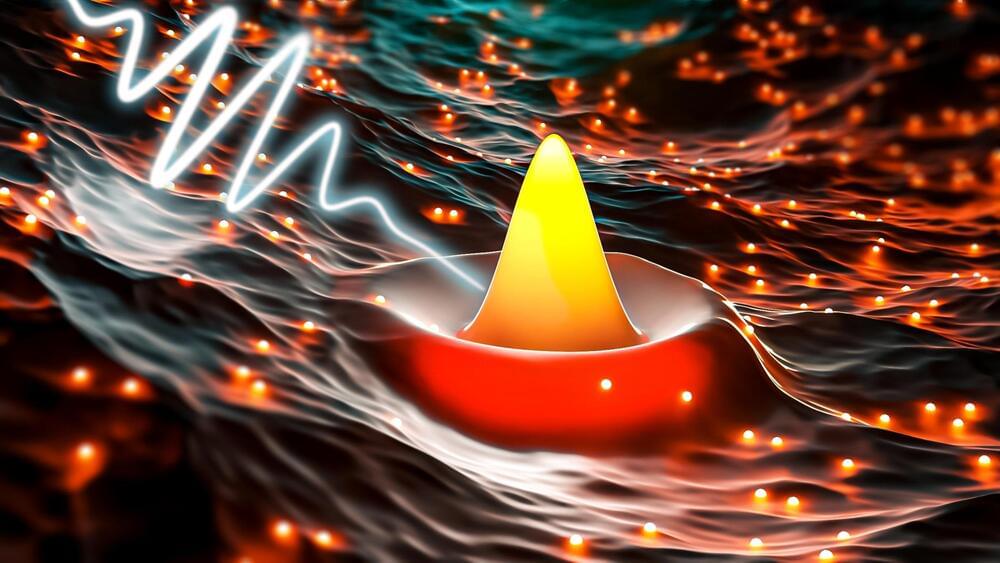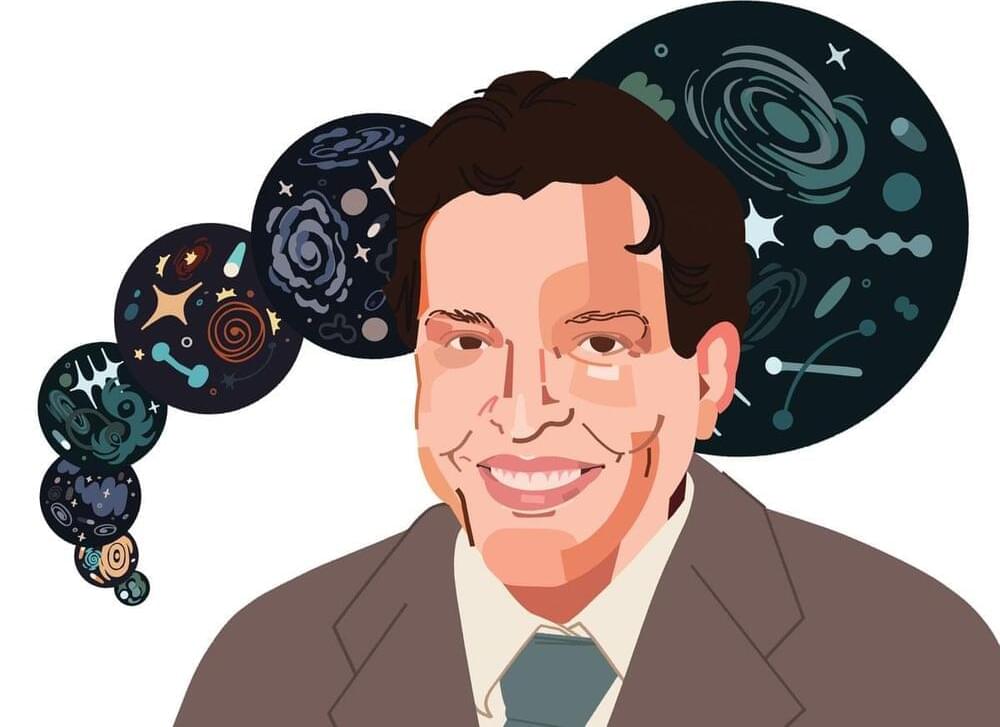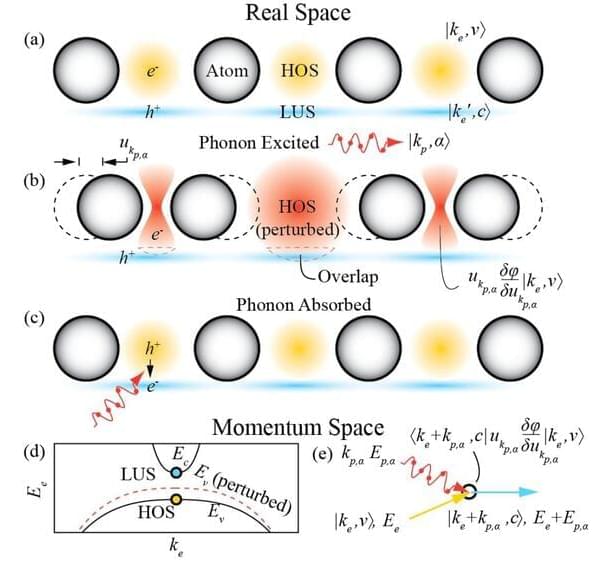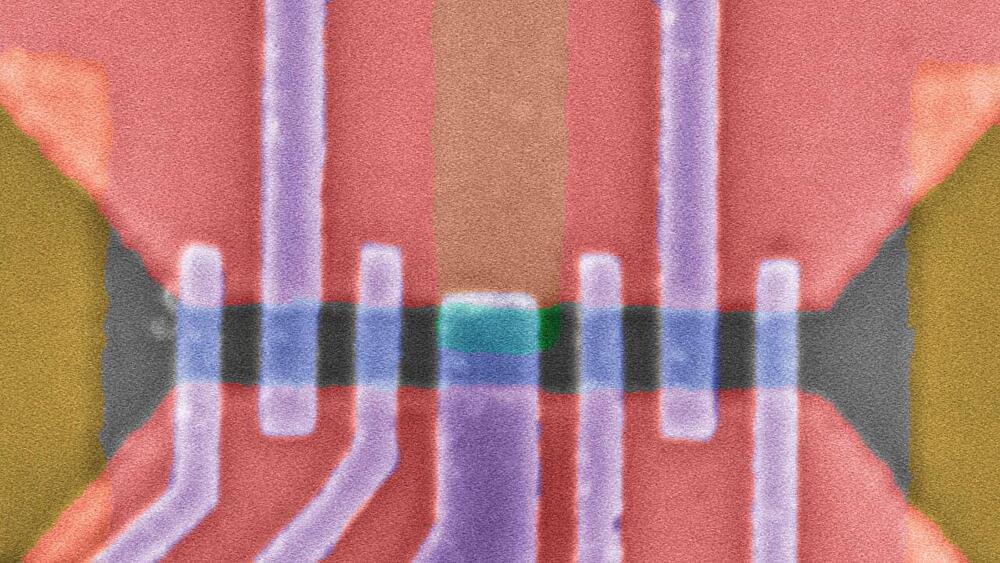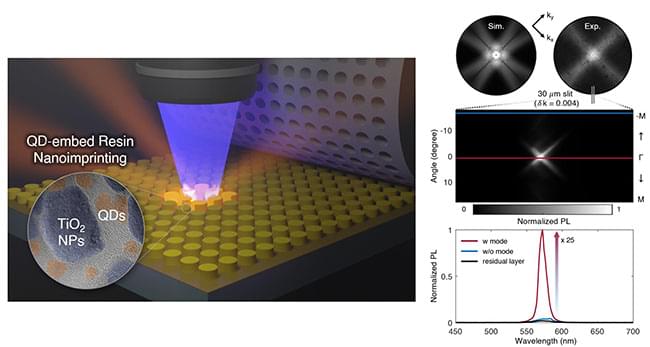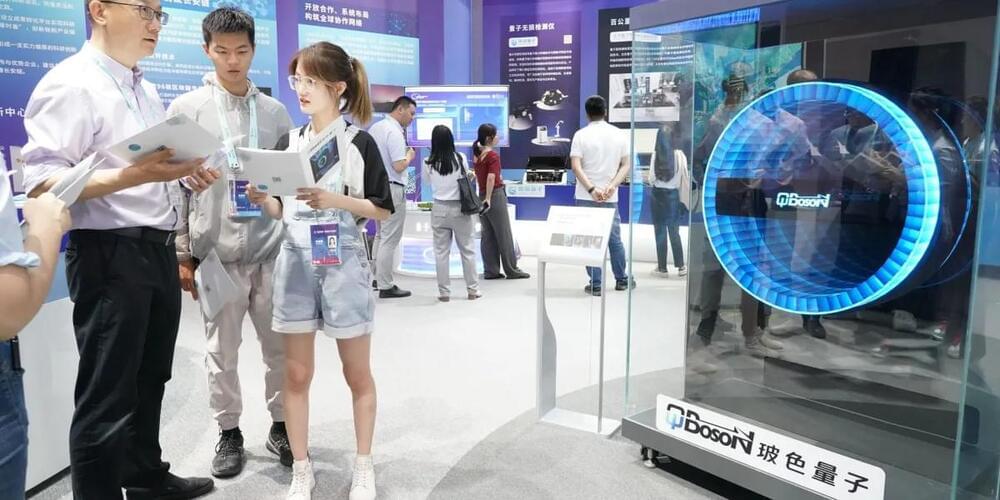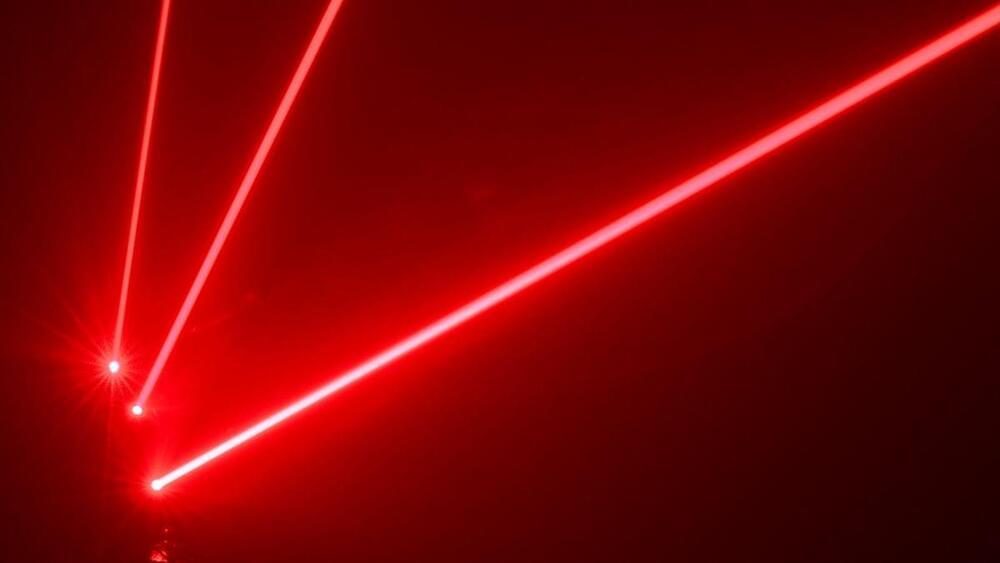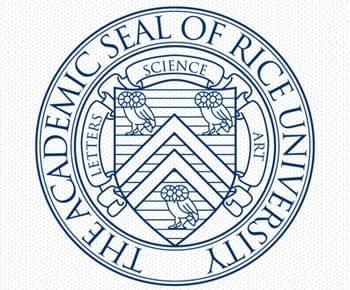Researchers at the University of Bonn have demonstrated that super photons, or photon Bose-Einstein condensates, conform to fundamental physics theorems, enabling insights into properties that are often difficult to observe.
Under suitable conditions, thousands of particles of light can merge into a type of “super photon.” Physicists call such a state a photon Bose-Einstein condensate. Researchers at the University of Bonn have now shown that this exotic quantum state obeys a fundamental theorem of physics. This finding now allows one to measure properties of photon Bose-Einstein condensates which are usually difficult to access. The study was published on June 3 in the journal Nature Communications.
If many atoms are cooled to a very low temperature confined in a small volume, they can become indistinguishable and behave like a single “super particle.” Physicists also call this a Bose-Einstein condensate or quantum gas. Photons condense based on a similar principle and can be cooled using dye molecules. These molecules act like small refrigerators and swallow the “hot” light particles before spitting them out again at the right temperature.
